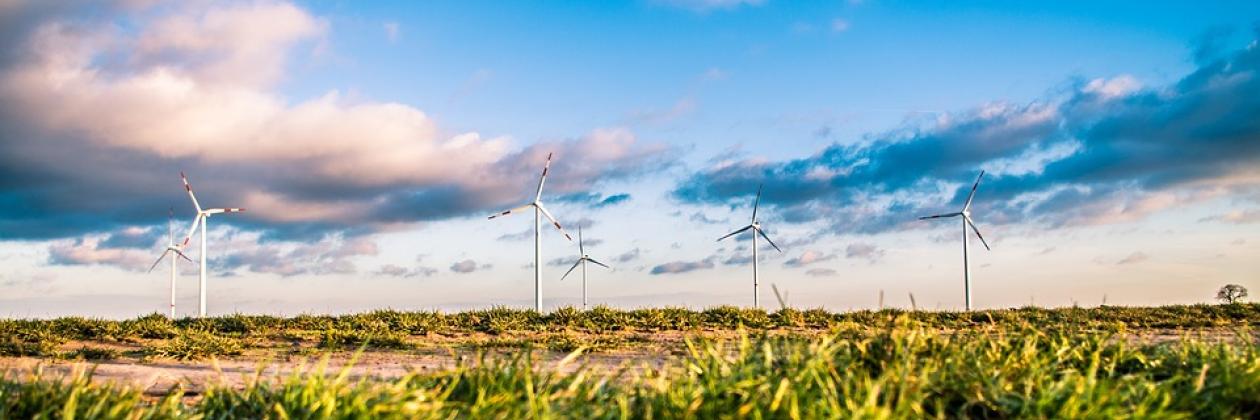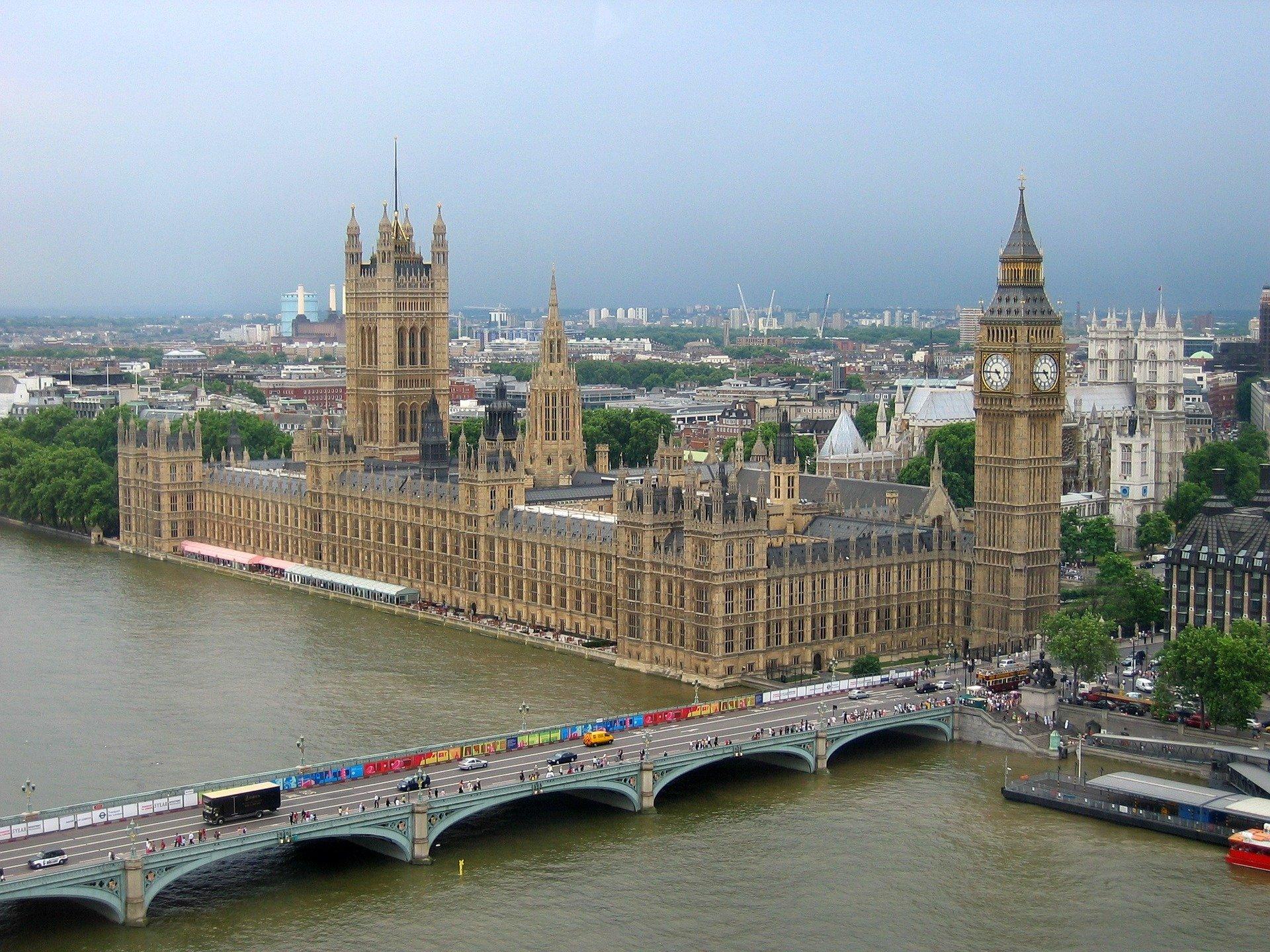Global climate action from cities, regions and businesses – 2019
On 18 September, in advance of the 23 September UN Climate Action Summit in New York, the ClimateSouth project team and research partners launched a major report, Global climate action from cities, regions and businesses – 2019. The report demonstrates the potential for countries to over-achieve their emissions reduction goals under the Paris Agreement if cities, regions and businesses take sufficient action.
The report finds that in 10 of the world’s highest-emitting economies, the known and quantified climate commitments set individually by more than 6,000 cities and regions and 1,500 companies could reduce greenhouse gas emissions by 1.2 to 2 gigatonnes of carbon dioxide equivalent (GtCO2e) per year by 2030, in addition to the reductions those governments plan to make. These cuts amount to roughly 4 percent of global emissions today. The 10 economies are: Brazil, Canada, China, the European Union, India, Indonesia, Japan, Mexico, South Africa, and the United States. In Japan and Mexico, action by cities, regions and business could help governments meet current national targets. In China, India and the European Union, they would help governments over-achieve their pledges. In Brazil, Canada, Indonesia, South Africa and the United States, cities, regions and businesses can help close the gap between current policies and national targets.
Local governments and corporations worldwide could make even greater emissions cuts by coming together through joint initiatives, often alongside national governments. The 17 high-performing international initiatives analysed in the report could reduce emissions by 18 to 21 GtCO2e per year by 2030 beyond current government efforts. These reductions equate to nearly one-third of global greenhouse gases – enough to keep the global temperature rise within 2°C, rather than the 3°C or more that national pledges under the Paris Agreement are on track to reach. To achieve this, the international initiatives must expand their memberships, scale up their work, and ensure they do not displace climate efforts elsewhere. Better data and reporting is also needed to measure additional climate action outside of national governments, which could not be assessed in this report.
Even if all of these commitments are fully met, they are not enough to keep the temperature rise to 1.5°C, which the Intergovernmental Panel on Climate Change says will significantly limit devastation for millions of people, plant and animal species compared to 2°C. The global economy is still ill-prepared to protect humanity from the worst impacts of climate change and urgently needs stronger and faster action from all national, local and private sector parties. The results show national leaders already have greater space to hike their targets, thanks to commitments by their local governments and corporations. Some of the 10 major emitters analysed in the report could even over-achieve their existing Paris pledges.
To align with a 1.5°C limit, national governments must incorporate these city, regional and corporate commitments into their Paris Agreement plans, which are due to be revised and upgraded by 2020. They should also set policies to help these commitments become reality and share financial and technical resources to implement or scale them up. Cities, regions and businesses must do their part by fulfilling their commitments, and increasing them. International initiatives can help national and non-state actors cooperate on common goals, for instance to end deforestation or expand renewable energy and clean transport networks.
This 2019 assessment aimed to inform the UN Climate Action Summit, which calls on leaders from government, business, civil society and elsewhere to strengthen their commitments in line with a 1.5°C limit.







